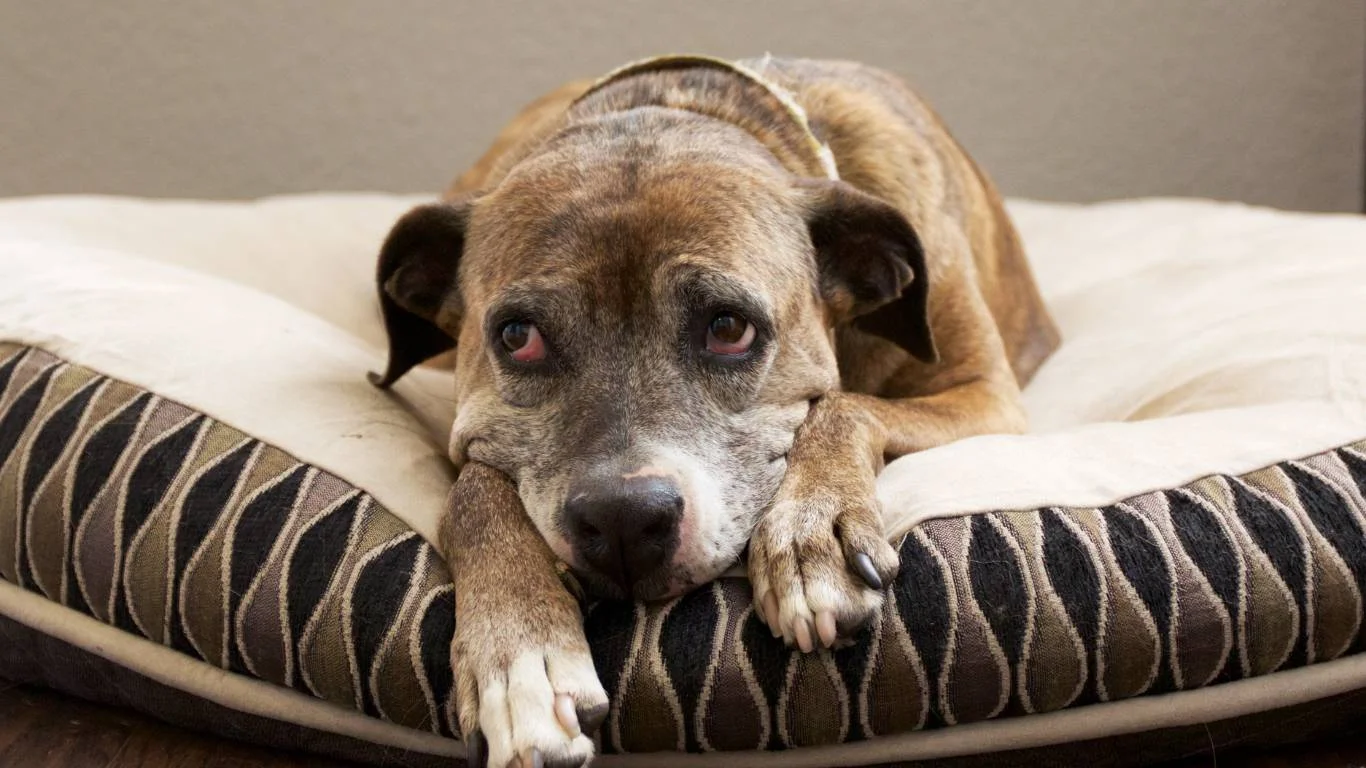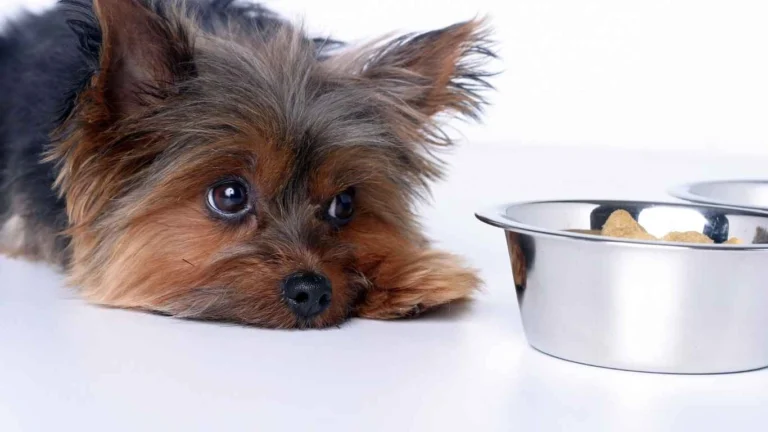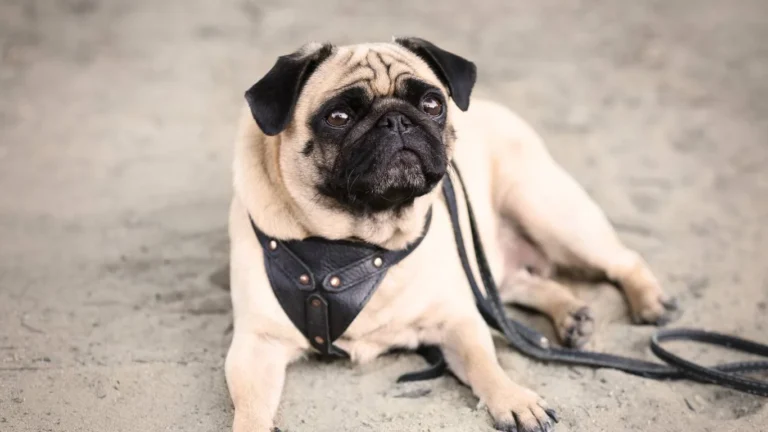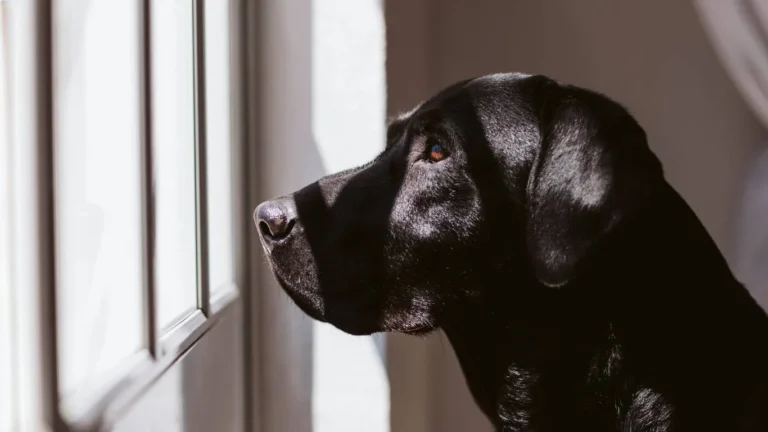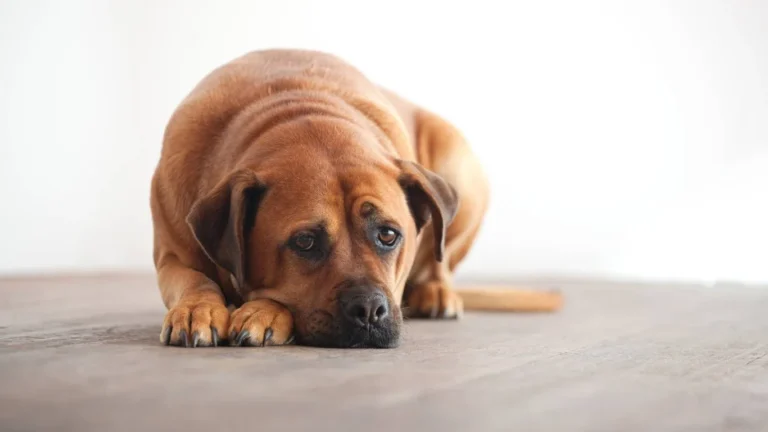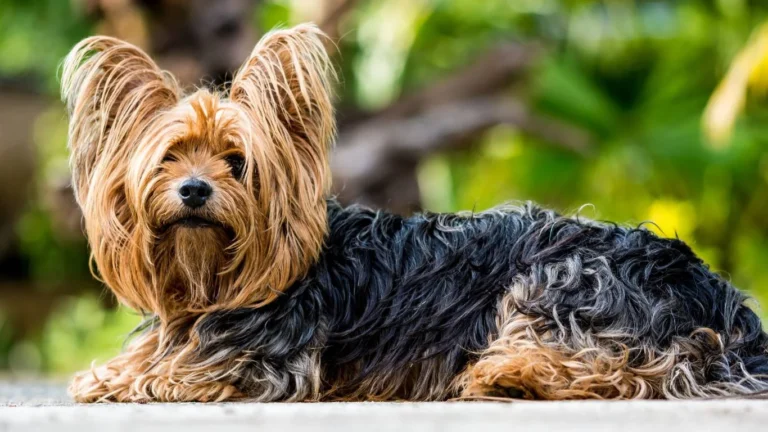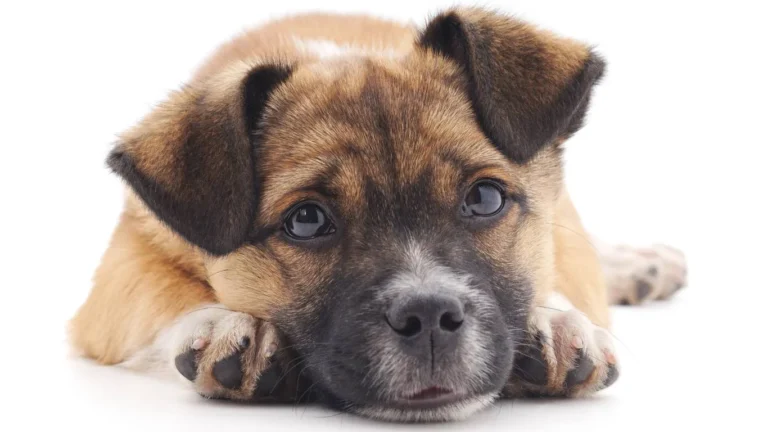Stop Shedding Fast: Reduce Double-Coated Dog Fur with These Vet Tips
Ever felt like you’re drowning in dog hair? Trust me, as someone who’s spent years wrangling fur tumbleweeds in both clinic settings and at home, I get it. When clients come in asking me how to reduce shedding in double-coated dogs, it’s usually after they’ve vacuumed three times in a day or found fluff in their cereal. Double-coated breeds like Huskies, Golden Retrievers, and German Shepherds are gorgeous—but that fluff? It’s a lifestyle. The good news? There are legit ways to tackle it without losing your mind (or your lint roller).
Why Double-Coated Dogs Shed So Much
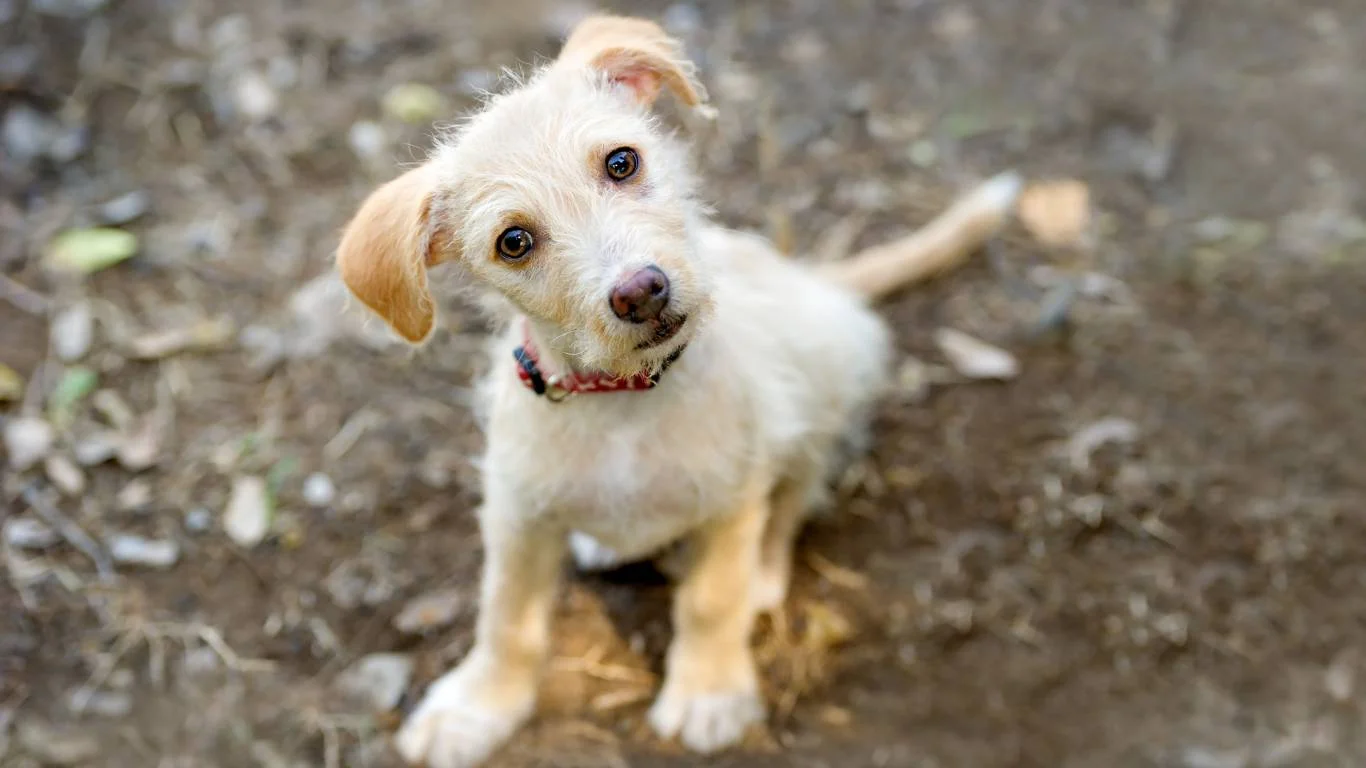
What’s a Double Coat Anyway?
If you’re new to the term “double coat,” it just means your pup has two layers of fur: a soft, dense undercoat (hello, fuzz explosion) and a longer topcoat that helps with water resistance and dirt. It’s nature’s way of keeping these breeds cozy in winter and cool in summer. But when the seasons change? Boom—hair storm.
Blowing the Coat: Not Just a Cute Phrase
This is what we call it when your dog sheds their undercoat like it’s going out of style—usually in spring and fall. And yes, it can feel like a never-ending cycle. One of my clients, a sweet Aussie mix named Luna, basically turned into a walking cloud for two weeks straight every spring. Her owner called it “furnado season.” I felt that.
How to Reduce Shedding in Double-Coated Dogs Without Losing Your Mind

Brush Like a Pro (Not Just Once a Month)
This one’s non-negotiable. Regular brushing is the #1 thing that makes a difference. And no, that old slicker brush buried in your drawer isn’t going to cut it. Here’s what I recommend based on my hands-on clinic experience:
- Undercoat rake: Seriously, these are magic. They get down to that thick fuzzy layer where most of the shed fur hides.
- Slicker brush: Great for finishing and smoothing the topcoat once the undercoat’s been thinned out.
- Shedding blade or de-shedding tool: Use with caution—these can do wonders, but only if your pup’s skin can handle it. Always test a small area first.
Pro tip: Brushing 2-3 times per week is ideal. Daily during “coat blow” seasons. Make it a bonding thing, not a chore. Put on some chill music, grab treats, and go slow.
Don’t Skip the Bath (But Do It Right)
Baths help loosen dead hair and get rid of dirt that can tangle up fur and trap shedding. But—and it’s a big but—what you use matters. I’ve seen dogs come into our clinic with dry, itchy skin from harsh shampoos that strip away natural oils. That just makes the shedding worse.
- Use a moisturizing, pet-safe shampoo made for shedding or double coats.
- Conditioner is your friend. A good one adds slip so dead hair comes out easier.
- Always rinse thoroughly—leftover shampoo can irritate skin and ramp up shedding.
And please, dry them properly. A high-velocity dryer (like groomers use) blasts loose fur out like nothing else. Just don’t aim it at their face—unless you want a grumpy, damp dog giving you side-eye for a week.
Nutrition: Your Secret Weapon Against Shedding
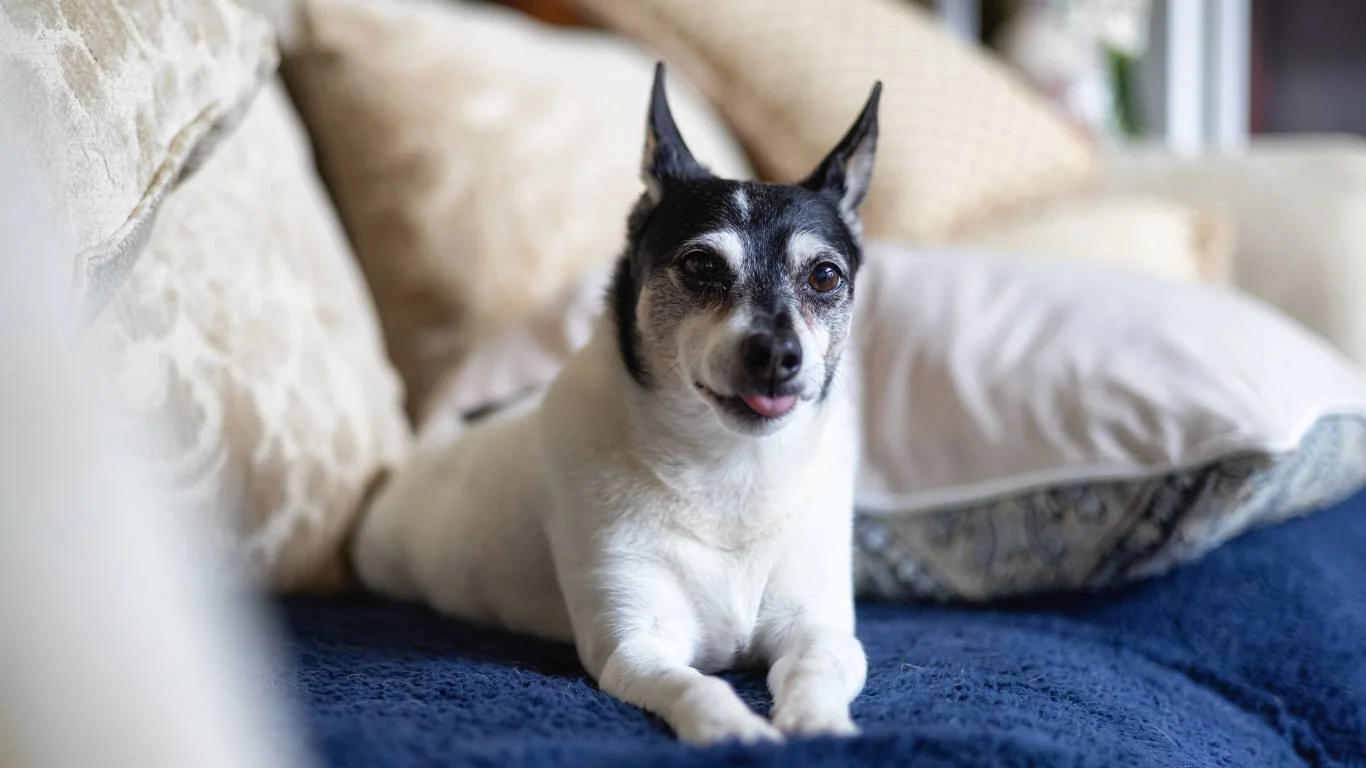
You Are What You Eat—And So Is Your Dog
This is where my nutrition training as a vet assistant really shines. So many people overlook the role food plays in coat health. A dry, brittle coat? That’s often a red flag. If your dog’s diet isn’t meeting their skin and coat needs, no amount of brushing will fix the fluff storm.
Here’s what to look for on that ingredient label:
- Omega-3 and Omega-6 fatty acids: These help reduce inflammation and promote shiny, healthy coats. Think fish oil, salmon, flaxseed.
- High-quality protein: Fur is made of protein, so don’t skimp. Real meat (not by-products) should be one of the first ingredients.
- Biotin and zinc: Skin-supporting micronutrients that help reduce excessive shedding.
In the clinic, I’ve seen dogs who went from shedding like crazy to silky, manageable coats in just a few weeks of switching to a premium food or adding the right supplements. Always check with your vet before making changes, but trust me—diet matters more than people think.
Hydration Isn’t Just for Summer
Dehydrated skin = flaky skin = more shedding. Make sure your dog’s water bowl is always full. Wet food or adding water to kibble can help boost hydration too, especially for dogs who aren’t big drinkers. And yes, that’s a thing. One of our regulars, a Shiba named Mochi, treats water like it’s a suggestion. His owner had to start using bone broth ice cubes to keep him interested.
Environmental Triggers That Can Worsen Shedding
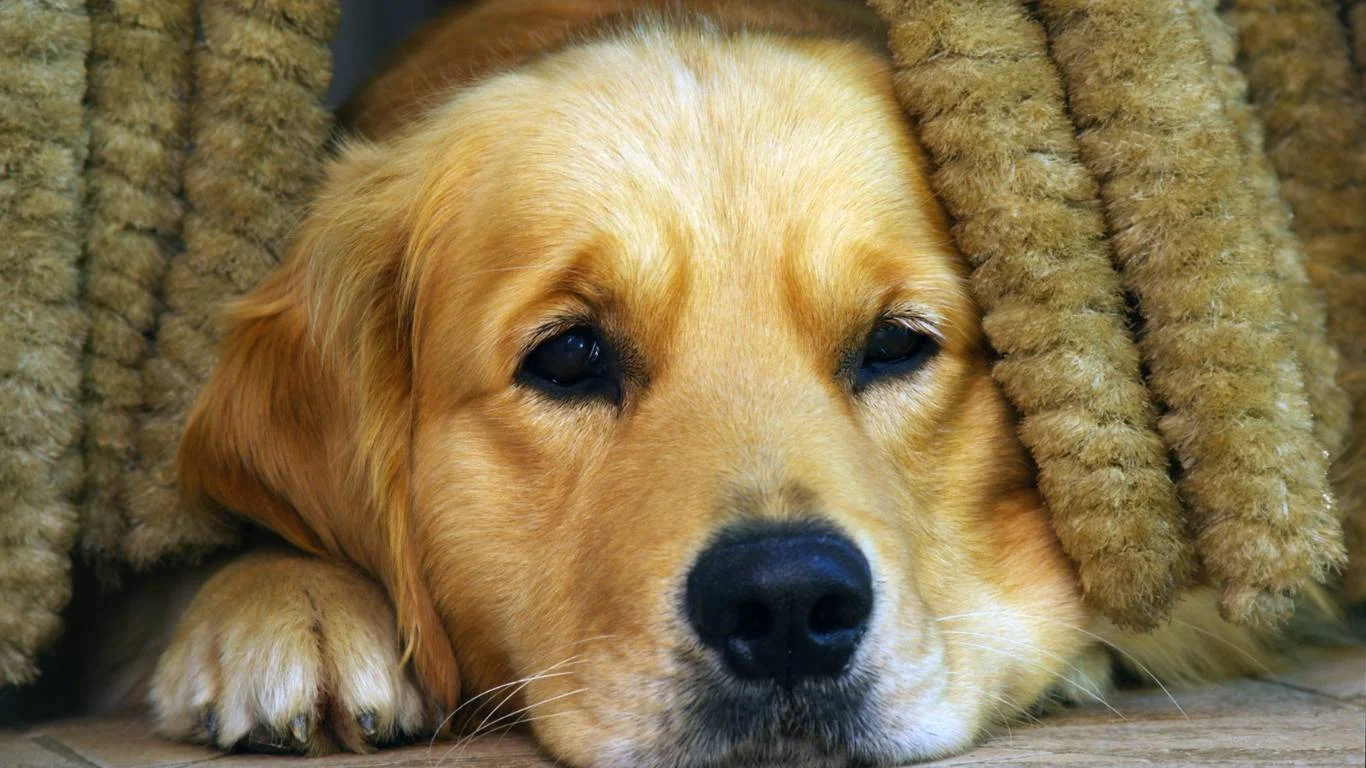
Stress Isn’t Just a Human Thing
Let’s talk doggie stress. Yep—it’s real. And it can totally crank up the shedding. When pups are anxious, their bodies produce more cortisol (aka the stress hormone), which can mess with skin health and fur retention. I’ve had pet parents come in thinking their dog had allergies, only for us to realize it was anxiety from a new baby at home or recent travel.
Here are some common stress triggers that might surprise you:
- Changes in routine (even minor ones like feeding time)
- Loud noises like fireworks, vacuum cleaners, or thunderstorms
- Too much alone time or lack of stimulation
Solution? Try calming aids like pheromone diffusers, structured playtime, or interactive toys. For more intense cases, a behaviorist might be worth talking to. Mental stimulation can go a long way for coat health, oddly enough.
Allergens and Indoor Air Quality
Another thing I’ve noticed in clinic visits—some of the worst shedding spikes come during allergy season. And no, it’s not always the outdoor pollen to blame. Dust, mold, even certain cleaning products can trigger skin flare-ups in double-coated dogs. When the skin gets inflamed, it tends to shed more. It’s like the body’s way of saying, “Something’s off here.”
Try this:
- Use an air purifier if your pup stays indoors a lot.
- Switch to pet-safe, fragrance-free cleaners.
- Vacuum with a HEPA filter regularly (I know, again with the vacuum… welcome to the club!).
The Power of Routine Grooming Appointments
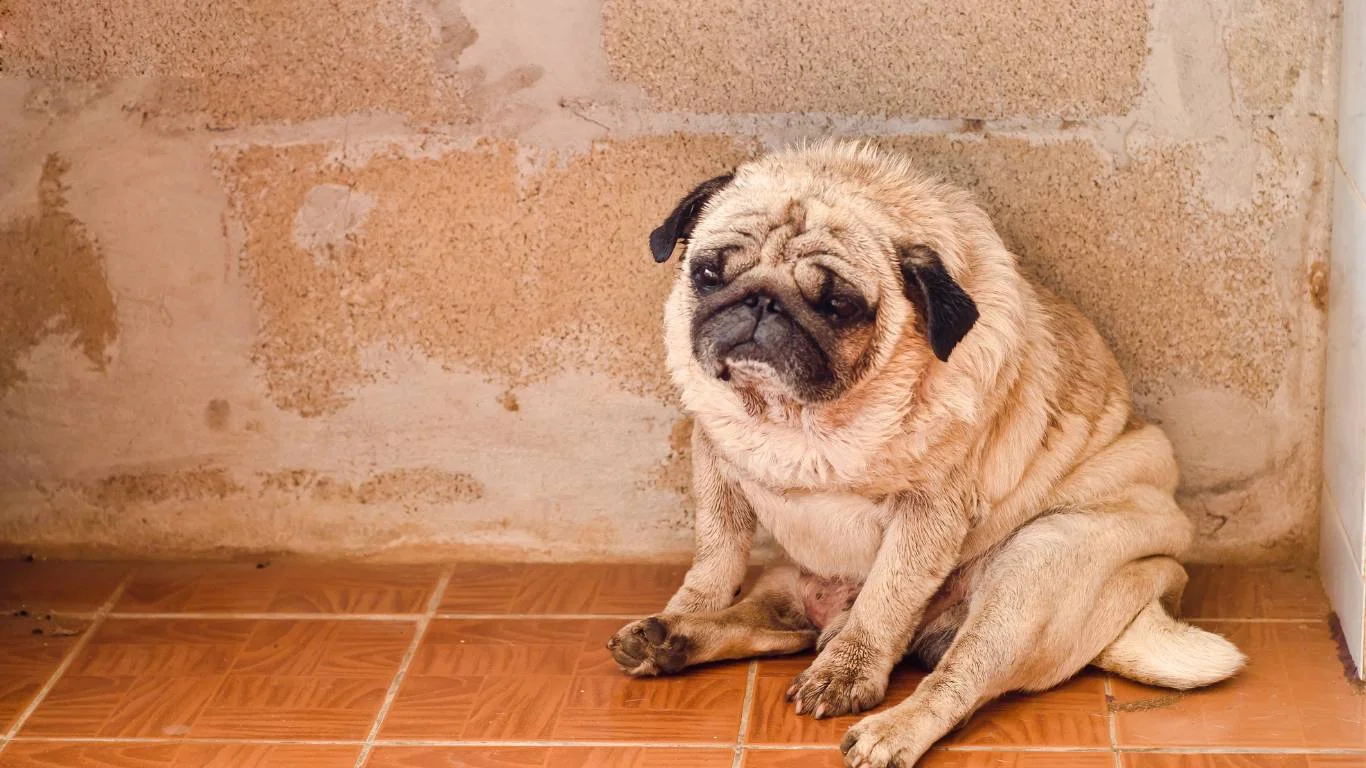
Why DIY Isn’t Always Enough
Look, I love a good home brushing session just like the next dog lover. But grooming professionals? They have tools and techniques that make a real difference—especially for double-coated breeds. I’ve worked alongside groomers who could de-shed a malamute so efficiently it was like watching art in motion.
If you’ve ever felt like no matter how much you brush, there’s always more fur… it’s probably time for a pro groom. A lot of people think grooming is just about looking pretty, but honestly, it’s part of preventive health care. A solid groomer will:
- Use high-powered dryers to blow out dead undercoat
- Check for skin issues hiding under the fluff
- Keep nails trimmed, which affects posture and coat wear
I always tell clients: every 6–8 weeks for a double-coated dog is a solid routine, especially in shedding season.
Blow Dryers That Change the Game
One of the coolest things I discovered when shadowing a groomer? High-velocity dryers. If you’ve never seen one in action—prepare to be amazed. These bad boys literally blast the dead fur out of the coat, and it’s oddly satisfying. Think fur tornado, but controlled.
For home use, there are gentler versions you can buy online. I recommend trying it outside the first time, unless you enjoy redecorating your living room with dog hair.
Supplements That Actually Work
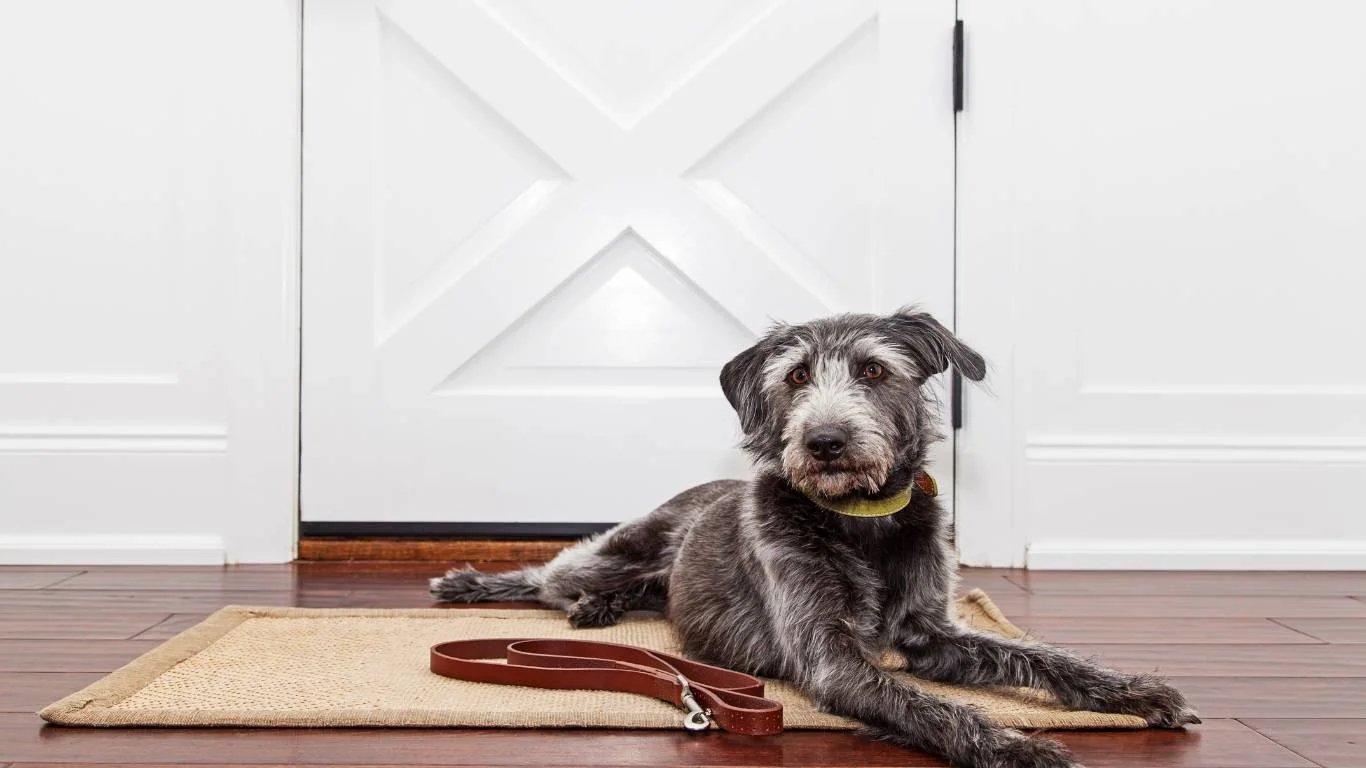
Not All Supplements Are Snake Oil
This is one of those areas where I always tell pet parents to ask their vet, but also not be afraid to explore. There are some legit supplements out there that support skin health and reduce excessive shedding. I’ve seen clients use the right combo and notice visible results in weeks—shinier coats, less dandruff, and yep, less fur on the couch.
Here’s what’s usually worth trying (with vet approval):
- Fish oil capsules or pump toppers: Great for Omega-3s, just make sure it’s dog-formulated and mercury-free.
- Skin & coat chews: Many include biotin, zinc, and vitamin E.
- Digestive enzymes: Some dogs aren’t absorbing nutrients properly, which impacts coat health.
I once had a senior Collie patient named Max who was shedding like crazy. After trying a fish oil supplement and switching his food, his coat turned silky and thick again. His owner hugged me at the follow-up—honestly one of my favorite moments in the job.
Reading Labels Like a Pro
Quick tip: if the supplement lists “flavor” before the active ingredients, skip it. You want potency and transparency. Look for brands that provide actual milligrams per dose and have third-party testing. Also, beware of overly vague claims like “miracle coat in 3 days.” Nope, that’s not how biology works, folks.
When Shedding Isn’t Just Shedding
Signs You Should Talk to Your Vet
Sometimes, shedding goes from annoying to alarming. If you notice bald patches, red or flaky skin, or your dog seems constantly itchy, it might be more than seasonal. I’ve caught cases of hypothyroidism, food allergies, and even mites that all started as “excess shedding.”
Here are a few red flags to watch for:
- Patches of missing fur (especially if they look irritated)
- Excessive licking or chewing of paws/tail area
- Changes in energy, appetite, or behavior
If any of those show up, please don’t wait. A vet visit can rule out deeper issues—and early treatment can save your pup a lot of discomfort. Trust your gut. You know your dog better than anyone.
Keeping Your Dog Comfortable During Shedding Season
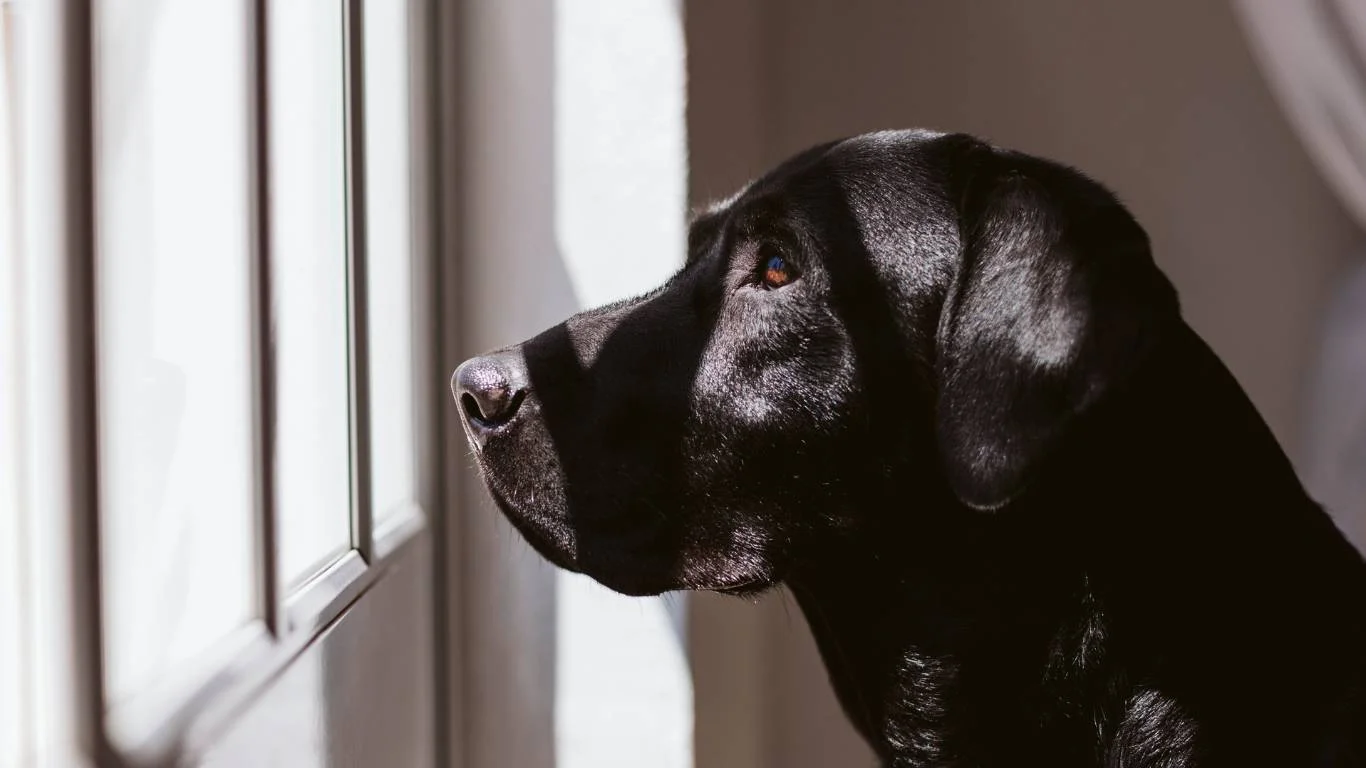
Maintain a Cool, Calm, and Comfortable Environment
Alright, let’s be real: shedding season can be stressful not just for us, but for our dogs too. Especially in those warmer months when they’re already trying to beat the heat, shedding can be an uncomfortable experience for them. I’ve seen dogs that were excessively shedding not just because of seasonal changes, but because they were overheating inside. Keeping your dog comfortable goes beyond just brushing and bathing—temperature matters too!
If your dog’s fur is getting thick and matted with dead hair, that’s like wearing a full winter coat during the hottest part of the year. Try the following to help your dog beat the heat and reduce shedding stress:
- Air conditioning or fans: Make sure your dog has a cool place to chill during hot months. A simple fan or AC can make a world of difference.
- Shaded areas outdoors: If your dog loves lounging outside, provide a shaded spot where they can cool off.
- Cool baths: Occasionally giving your dog a cool (but not cold!) bath can help them feel fresh, especially if they’ve been active outside. Just make sure to towel dry them well to avoid skin irritation.
I’ve seen plenty of pups transform from restless to relaxed just by setting up a cool spot with plenty of water and an easy-to-reach fan. In some cases, owners have even added cooling mats for their dogs to lie on. It’s simple but effective—and anything that keeps your dog happy and comfy is worth the effort!
How to Choose the Right Tools for Shedding
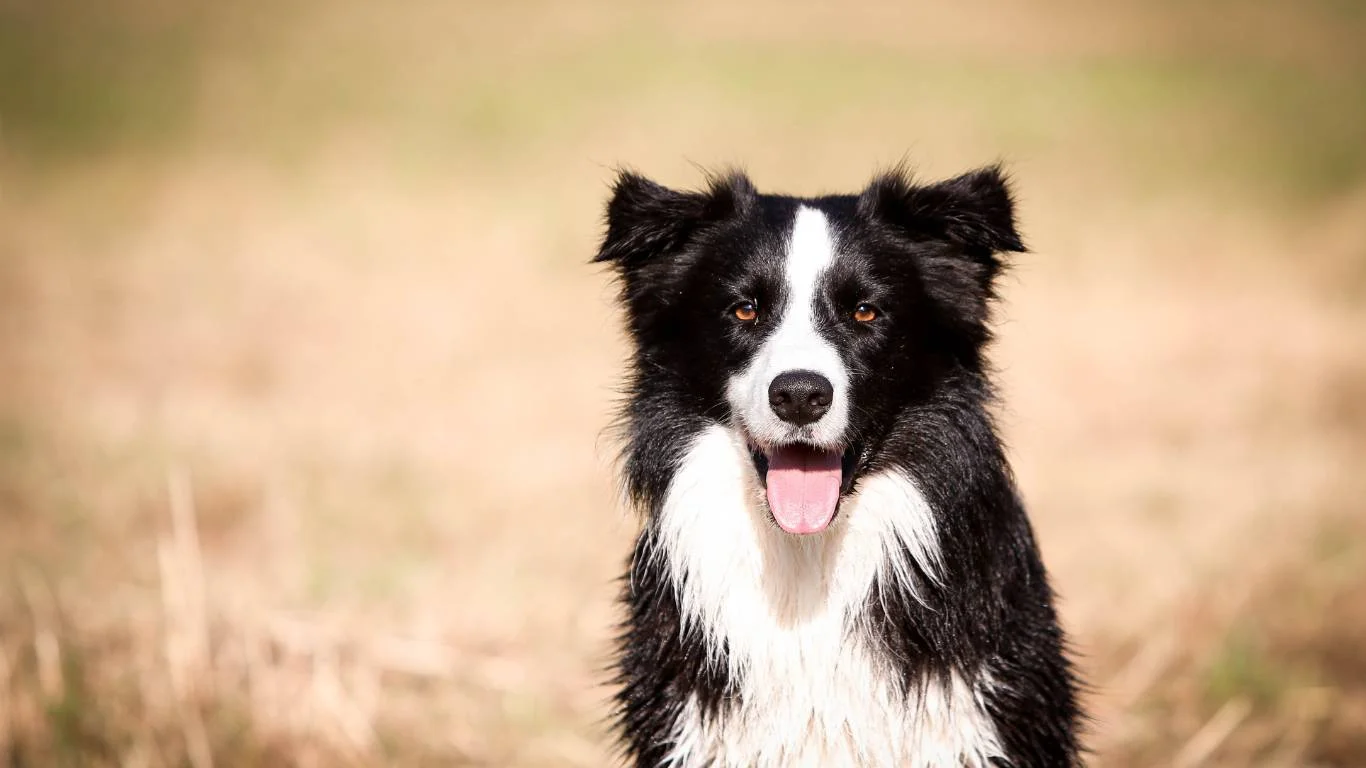
The Right Brush Makes All the Difference
By now, you’ve probably figured out that brushing is essential to keeping your dog’s shedding manageable. But here’s the thing—not all brushes are created equal, and some tools can do more harm than good if used incorrectly. As a veterinary assistant, I’ve learned the hard way that not using the right tool can lead to frustration for both you and your dog (and possibly skin irritation).
When choosing a brush for your double-coated dog, consider the following:
- Undercoat rake: This one is your best friend if you want to reduce shedding. These tools are designed specifically to remove the thick undercoat, which is where most of the shedding happens. Just be sure to choose one with rounded teeth to prevent skin damage.
- Slicker brush: After the undercoat rake, a slicker brush is great for removing tangles from the topcoat. This tool helps smooth the fur and reduces the chance of mats forming.
- De-shedding tool: Products like the Furminator are designed for aggressive shedding sessions. If your dog is going through a heavy shed, these can be a game changer. But they can be a bit harsh if overused, so always follow manufacturer instructions.
And remember, the goal isn’t to get all the hair in one session. Just take it slow and steady. I always remind owners to give their dog breaks if they start getting restless during a brushing session. Trust me—nobody wins in a wrestling match with an upset dog.
Grooming Should Be a Positive Experience
Speaking of wrestling matches… the last thing you want is for grooming sessions to become a battle. The more your dog associates brushing with fun, the more they’ll tolerate it (and even enjoy it!). Here are a few tricks to make grooming a fun bonding experience:
- Use treats: Positive reinforcement is key. Give your dog a treat after a good grooming session to make them look forward to the next one.
- Take breaks: Let your dog walk around or play with a toy during long brushing sessions to keep their attention and prevent stress.
- Be gentle: Some dogs have sensitive skin, so always be gentle when brushing. It’s all about patience!
Remember, a calm and relaxed dog will make for a much easier and more effective grooming experience. So, whether you’re brushing, bathing, or using a de-shedding tool, keep things positive and enjoyable for your pup!
Understanding the Science Behind Double-Coated Shedding
Why It’s Not All About You
One thing I always emphasize to clients when they ask me about shedding is that, sometimes, shedding is just part of the dog’s natural cycle. It’s easy to feel overwhelmed or frustrated when your double-coated dog is losing hair like it’s going out of style, but remember—it’s part of their natural process. Double coats were designed to help dogs regulate body temperature and protect themselves from environmental factors like cold or rain. But as seasons change, so do the needs of their coat.
Shedding cycles are deeply connected to things like:
- Seasonal changes: Dogs often shed heavily in the spring and fall as they prepare for warmer or cooler weather.
- Hormonal changes: Spayed/neutered dogs or older dogs may shed more or differently depending on their hormonal balance.
- Breed-specific traits: Different breeds of double-coated dogs shed at varying rates based on genetics and coat type. Some breeds shed year-round, while others shed more intensely only during seasonal changes.
Sometimes, we just have to ride out the shedding season. But with regular care and attention, you can minimize the impact on your home (and sanity!) while helping your dog stay comfortable.
Resources to Learn More About Dog Care and Grooming
If you’re ever in doubt about your dog’s shedding or coat health, there are plenty of reputable sources to turn to for additional information. Check out these websites for expert advice:
These sites provide a wealth of knowledge, from expert grooming tips to the latest in canine health research. And remember—if you’re ever unsure, don’t hesitate to consult your veterinarian for guidance on managing your dog’s shedding.
Disclaimer
The information provided in this article is for general informational purposes only and should not be used as a substitute for professional veterinary advice, diagnosis, or treatment. Always consult your veterinarian or a qualified pet care professional with any concerns regarding your dog’s health or grooming needs.
